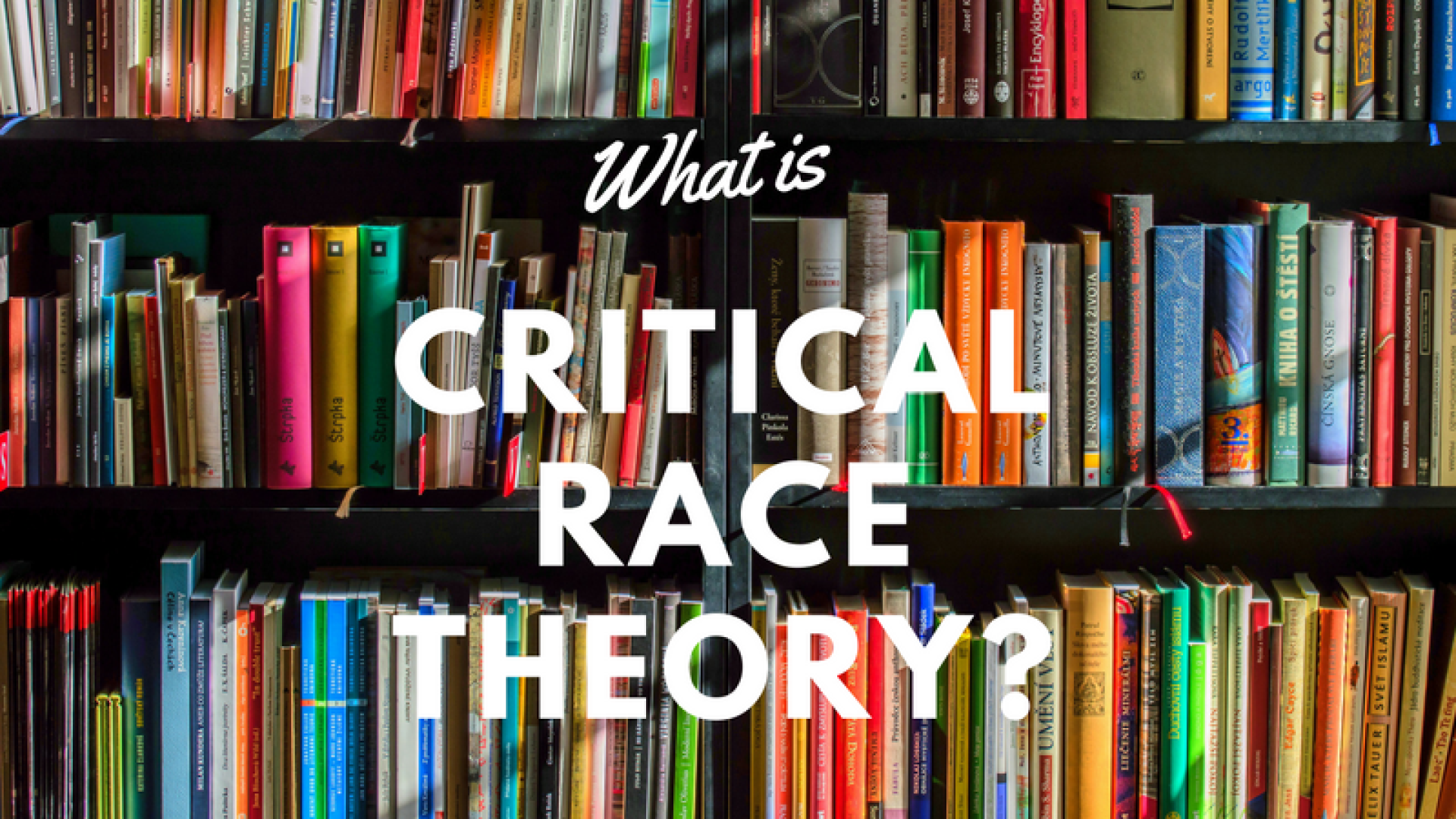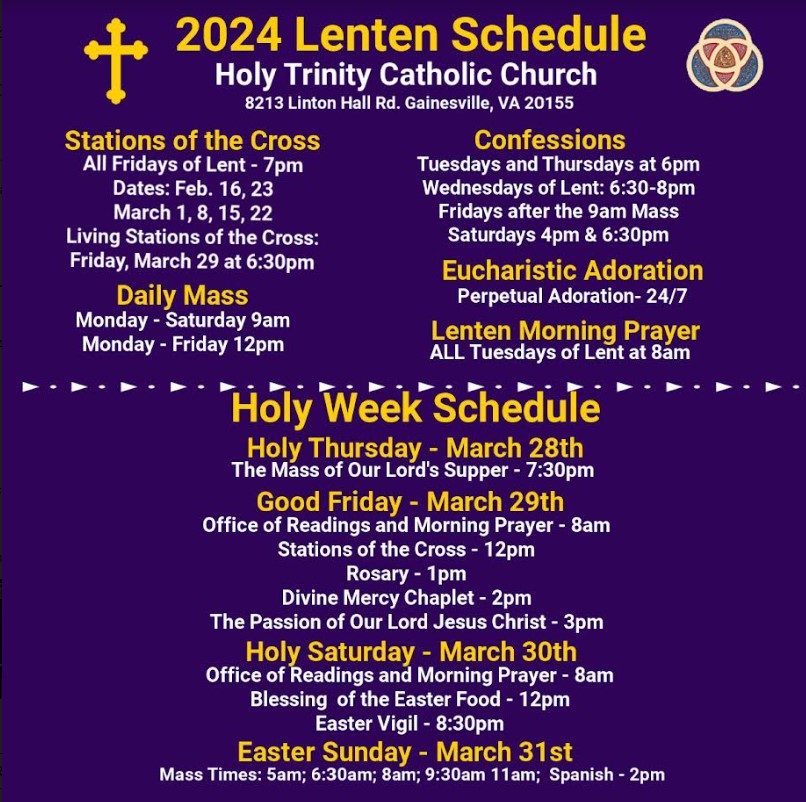In light of Independence Day, I thought it appropriate to discuss a popular and anti-independence theory being used in much of our culture: Critical Race Theory. The author of the following points is Deacon Gerard Marie Anthony, DRE at St. Timothy Parish in Chantilly. He is African-American.
In this episode I give the Marx and Engels blueprint which comes right from the Communist Manifesto (synthesis- antithesis = synthesis) and then I apply it to Critical Race Theory sometimes using words and definitions from Richard Delgado (one of the founders of CRT in his book Introduction to Critical Race Theory, 3rd edition). Below are 7 points from the Communist Manifesto from Marx and Engels, paralleled to CRT (subpoint “a”) and then the Catholic/Biblical counterpoints (subpoint “b”):
- “In depicting the most general phases of the development of the proletariat, we traced the more or less veiled civil war, raging within existing society, up to the point where that war breaks out into open revolution, and where the violent overthrow of the bourgeoisie, lays the foundation for the sway of the proletariat. Hitherto, every form of society has been based, as we have already seen, on the antagonism of oppressing and oppressed classes.” (Communist Manifesto, p. 19)
- Critical Race Theory: Every society is based on “antagonism” (synthesis) of “oppressing” (Thesis-Oppressor/White majority) and “oppressed” (Antithesis-Minorities).
- Catholic Position: Christ teaches it is not about overthrowing others, i.e power, but about serving and uniting others, i.e diakonia and love. (Rom. 12:21)
- “In this sense, the theory of the Communists may be summed up in the single sentence: Abolition of private property” (Communist Manifesto, p. 21).
- CRT: Single sentence to summarize Critical Race Theory: Abolition of Whiteness.
- Catholic Position: We should not try to abolish Whiteness, but elevate all cultures to live as the children of God (Gal. 3:28; Col. 3:11).
- “To be a capitalist, is to have not only a purely personal, but a social status in production. Capital is a collective product, and only by the united action of many members, nay, in the last resort, only by the united action of all members of society, can it be set in motion. Capital is therefore not only a personal, it is a social power” (Communist Manifesto, p. 21)
- CRT: It is the social aspect of things that needs to be the focus, if you can get society to buy into equality of outcome rather than equality of dignity, then you can start a revolution.
- Catholic Position: Individuality should lead to love which unites the individual and community in image of the Trinity; America adaptation “E pluribus unum, Latin for ‘out of many, one.’ (Rom. 12:4-5; 1Cor. 12:12-27)



